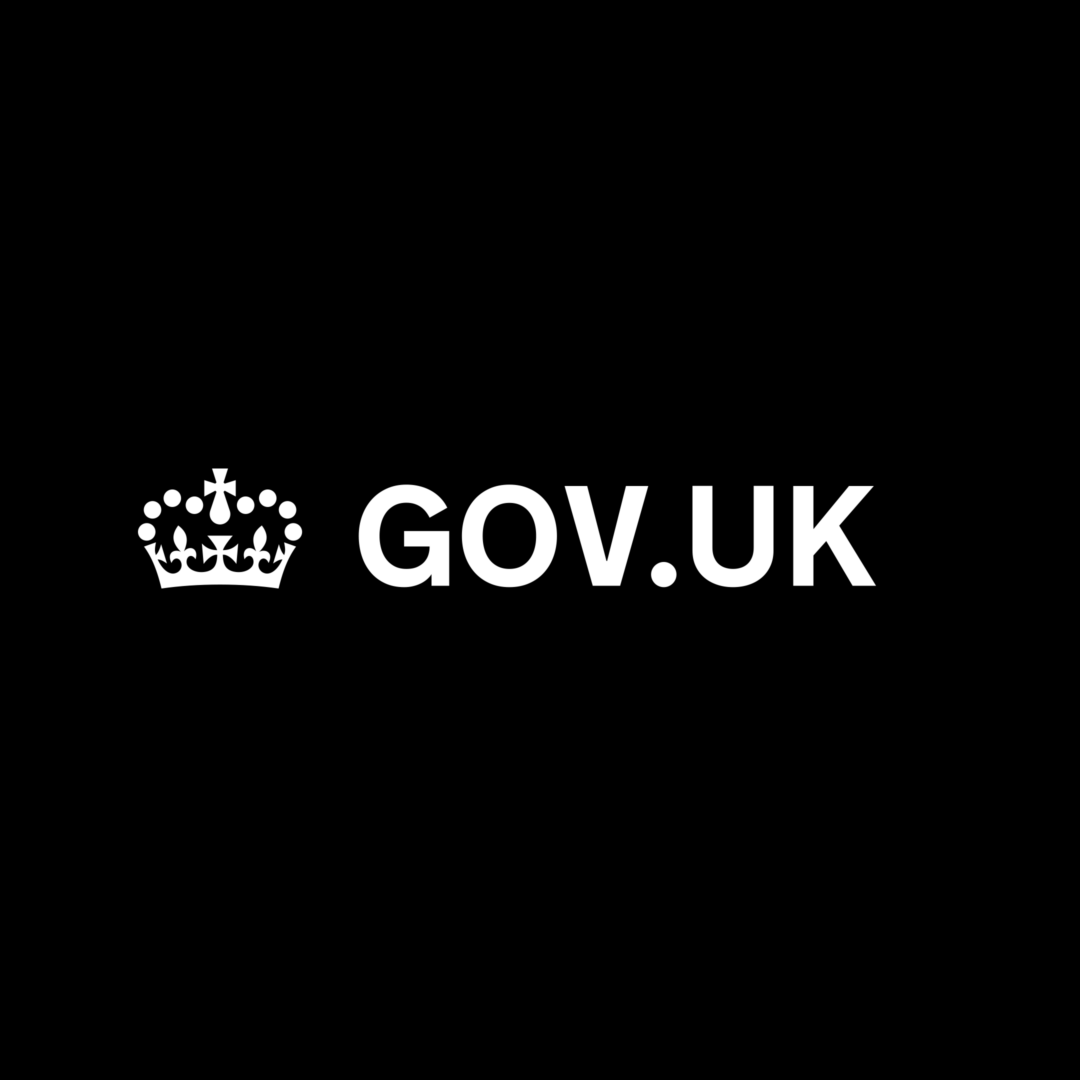When to register
As an employer there are certain tax related obligations that must be met and a primary one for almost all businesses is “Pay As You Earn”, or PAYE. It is a legal requirement to register for PAYE with HM Revenue & Customs (HMRC) once you have your first employee and, in some instances, they do not even need to be taking a salary. Note that this employee may be yourself as the sole director of a limited company.
Even if the employee is not being paid through your business, if they are paid through another business via a second job, or if they are offered benefits such as private medical insurance or a company car, you must still register your business for PAYE.
Another common trigger is where a business hires contractors into the construction industry. This type of business requires a separate registration for ‘Construction Industry Scheme’ (CIS) tax and is covered in more details in this article.
You must register for PAYE before the first payday. Failure to do so will not prevent you from paying your employees, however it may result in a penalty for late submission of payroll data to HMRC. Such a submission is called a ‘late full payment submission’ – you can read more about HMRC reporting requirements in this article.
It can take up to 5 working days to receive your employer PAYE reference number so you should apply for it at least a week before the first pay day, preferably more.
How to register
Registering with HMRC for PAYE is quick and easy and can be done online. There are a handful of scenarios which require the registration to be done via telephone but many applications are entirely online and the HMRC website will walk you through the pre-application process to ensure your business is appropriate to register for PAYE.
Once the pre-application questions are answered, and assuming your business is good to go, HMRC will ask you to log in to the Government Gateway account for your business.
If you have not yet set up a Government Gateway account for your business, make this your new number one priority today as you will need it for all tax related business matters, including PAYE.
Your online HMRC account will be your central hub for managing and administering all taxes as well as providing you with useful information and links to further reading. It will also give you a summary of all of your taxes in one handy location making managing the overall picture that much easier.
The main application process will require certain ID documentation in order to verify the applicant and some additional information about the business. All of this should be information that is readily available to you and will include items such as:
- Unique Tax Reference, or UTR, for the business
- First payroll date (even if this was in the past)
- Director details
- Business trading address and contact details
- Number of employees the business expects to employ in the next year
- Whether the business needs to register for CIS tax (see above)
- Whether the business will operate a pension scheme
Once all of the data has been completed and the progress bar is at 100%, hit submit and HMRC will process the application and provide you with a unique PAYE reference number. This number is key to identifying your company and its payroll submissions which are now a monthly ‘real-time’ requirement.

